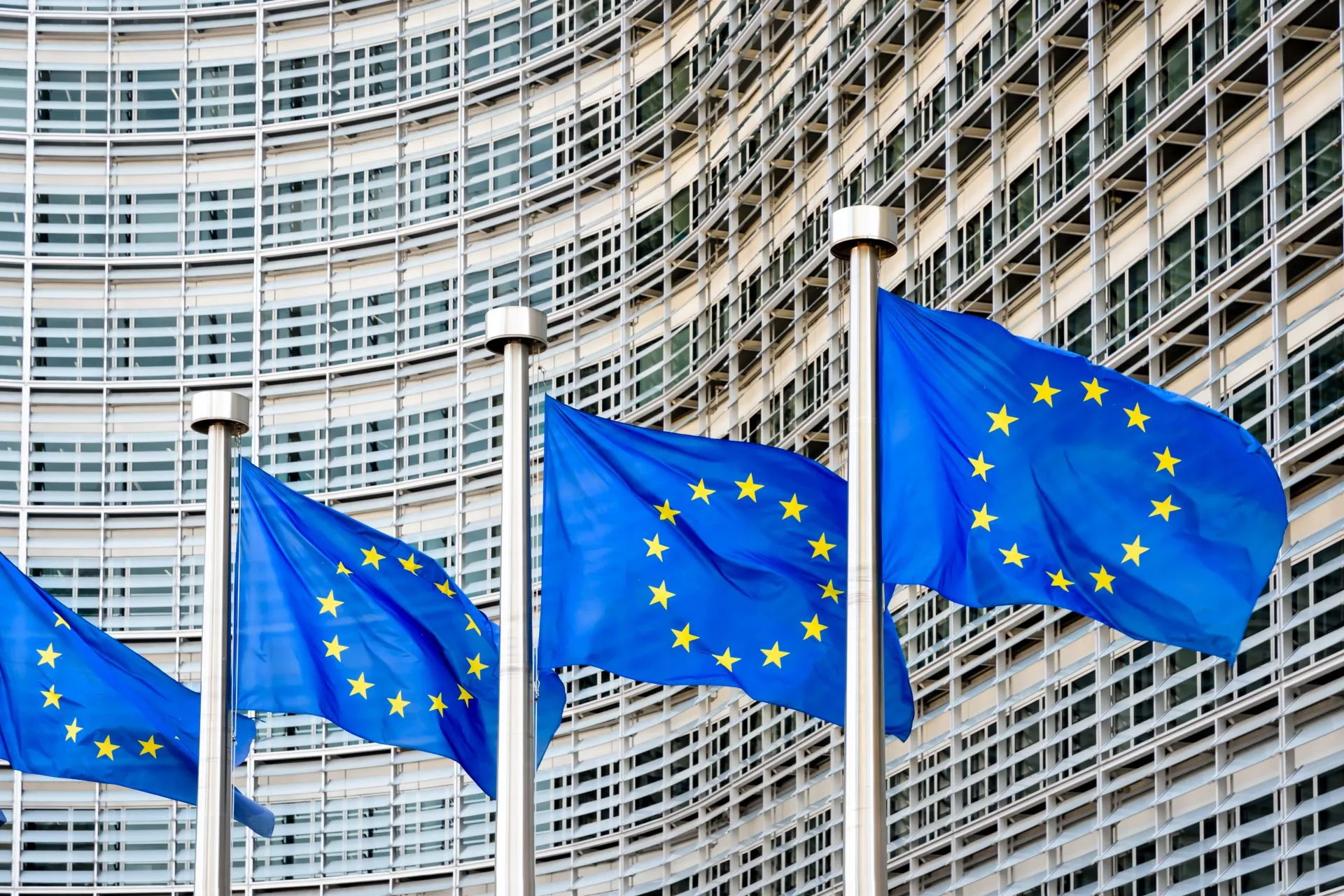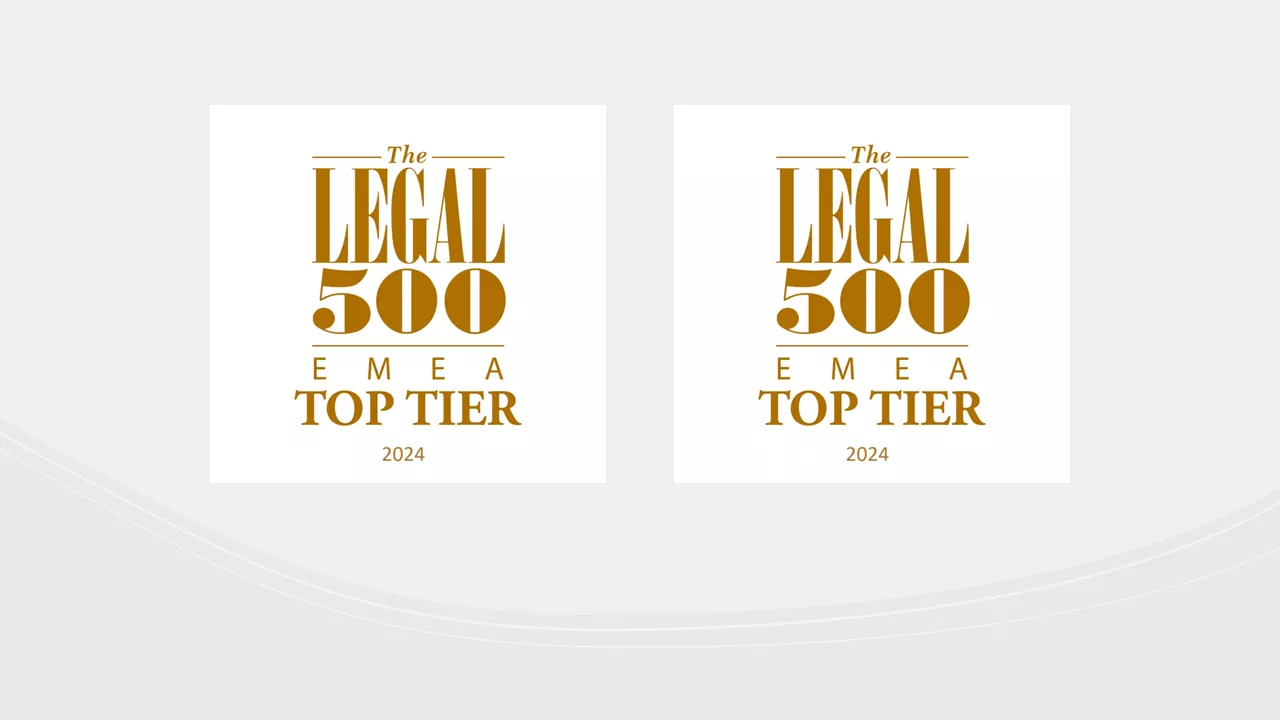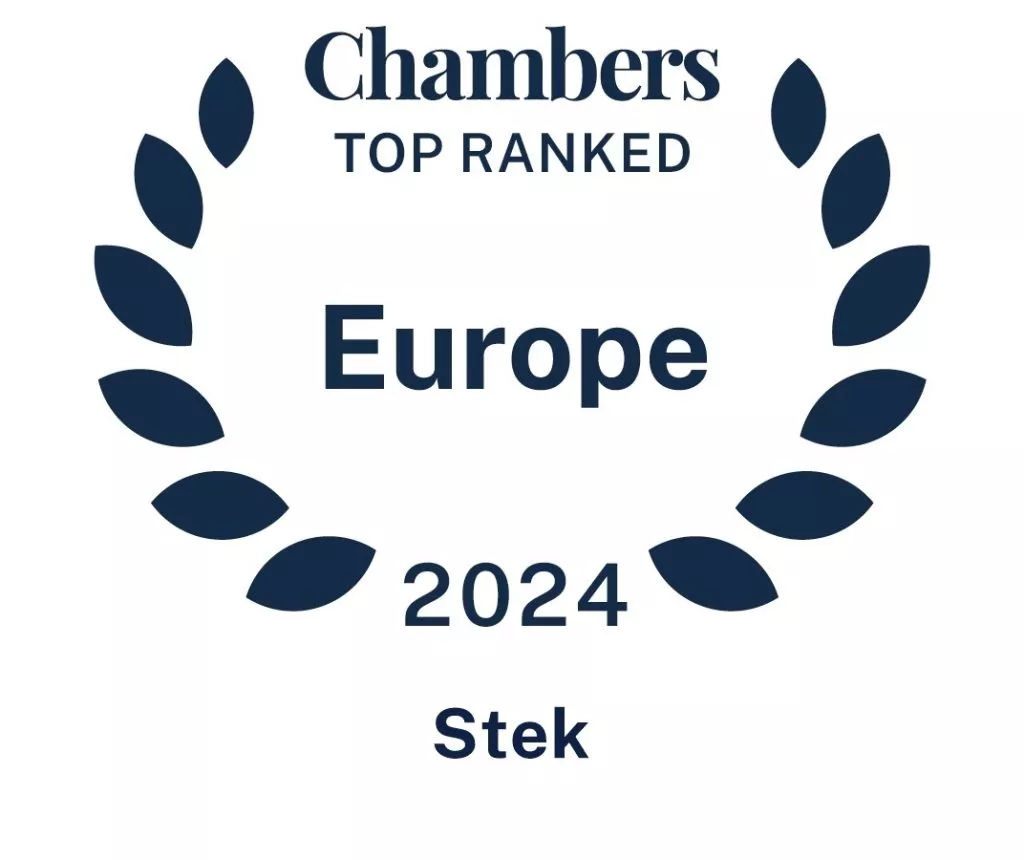On 26 March 2021, the European Commission (Commission) published new Guidance on the application of the referral mechanism set out in Article 22 of the Merger Regulation to certain categories of cases (the Guidance), see also our previous blog. Through the new Guidance, the Commission encourages Member States to refer concentrations to the Commission for scrutiny, even if they do not meet the national merger control notification thresholds. This represented a – highly criticised and even contested by some EU Member States – ‘reinterpretation’ of Article 22 of the EU Merger Regulation (EUMR). The Commission’s new policy was immediately put to the test in the first case it was applied, the concentration between Illumina Inc. (Illumina) and Grail Inc. (Grail). These American companies opposed to the Commission’s new policy, but had already been unsuccessful before a Dutch court in summary relief proceedings (as discussed in our previous blog). On 13 July 2022, the General Court of the European Union (the General Court) ruled in favour of the Commission.
New Guidance on Article 22 EUMR
In a nutshell, under the new Guidance the Commission encourages Member States to refer certain merger cases to the Commission where the Member State itself does not have jurisdiction over the transaction and where the criteria of Article 22 EUMR are met (i.e. the concentration must (i) affect trade between Member States and (ii) threaten to significantly affect competition within the territory of the Member State(s) making the request).
Facts of the case (Illumina/Grail)
The case revolves around the acquisition of Grail by Illumina (the Concentration), that was first announced in a press release on 21 September 2020 (the Press Release). Grail is a company that has developed a promising blood test for the early detection of cancers, in which Illumina already held a minority stake. However, Grail did not generate any turnover yet. Therefore, the Concentration did not have to be notified to any EU Member State or to the Commission. On 7 December 2020, the Commission, however received a complaint about the effects of the Concentration, which led to an invitation letter by the Commission on 19 February 2021 (the Invitation Letter) in which it invited Member States to refer the Concentration for review to the Commission on the basis of Article 22 EUMR. This was followed by a referral request from France on 9 March 2021 (the Referral), which was joined by inter alia the Netherlands. On 19 April 2021, the Commission accepted the Referral leading to an in-depth investigation of the Concentration.
Apparently, Illumina and Grail were not impressed by the new Guidance and Commission’s policy, as despite the Commission announced the in-depth investigation, Illumina and Grail completed the transaction in the meantime. This led to a possible violation of the standstill-obligation (a practice also referred to as gun jumping), and a second Commission investigation into such potential infringement. On this latter point, the Commission adopted a statement of objections on 19 July 2022.
Judgment of the General Court
Firstly, the General Court looks at the legality of the Referral. In short, Illumina and Grail argued that the Referral should be annulled, because Article 22 EUMR can only be applied when Member States also have national competence to assess a concentration. The Commission, on the other hand, argued that such a requirement does not follow from Article 22 EUMR and that the Referral is therefore lawful. The General Court therefore finds itself called upon to interpret the scope of Article 22(1) EUMR. It does so on the basis of a literal, historical, contextual and teleological interpretation of the article. The General Court concludes that a literal interpretation of Article 22(1) EUMR makes it clear that a Member State is entitled to refer any concentration to the Commission that satisfies the cumulative conditions set out therein, irrespective of the existence or scope of national merger control rules. In a literal sense, Article 22 EUMR does not expressly provides for a condition for national competence when making a referral request to the Commission. In its historical interpretation, the General Court mainly focuses on previous Commission policy documents, but does not reach the same conclusions as Illumina and Grail. In the documents reviewed by the General Court (such as a 2001 Commission Green Paper in which Article 22 EURM’s “reduction in its practical importance” was described), the Commission has never definitely excluded the use of Article 22 EURM without national competence. The same goes for the contextual analysis, in which the General Court looks at other provisions in the EUMR (such as Article 4(5) EUMR on the referral of concentrations notifiable in at least 3 Member States) and the other paragraphs of Article 22 EUMR on the referral mechanism. Finally, nor from a teleological interpretation, where the General Court focuses on the general purpose of the EUMR (being “the effective control of all concentrations with significant effects on the structure of competition in the European Union”), it follows that a condition for national competence is part of Article 22 EURM. Based on the foregoing, the General Court concludes that a Member States may, under the conditions set out in Article 22 EUMR, make a referral request irrespective of the scope of their national merger control rules.
Secondly, the General Court looks at time limits. Illumina and Grail claimed that the Referral was made after the time limit stipulated in Article 22(1) EUMR on the basis of which “a [referral] request shall be made at most within 15 working days of the date on which the concentration was notified, or if no notification is required, otherwise made known to the Member State concerned.” According to Illumina and Grail the French Competition Authority (FCA) must have been aware of the Concentration before the Invitation Letter on 19 February 2021, because of the Press Release published on 21 September 2020, examination of the Concentration by authorities in the UK and US and alleged monitoring of concentrations by the FCA itself. The General Court this time finds itself called upon to interpret the scope of ‘made known’ within the meaning of Article 22(1) EUMR. Again, based on the same system of interpretation, the General Court concludes that the concept of ‘made known to the Member State concerned’ requires the relevant information to be actively transmitted to a Member State, enabling it to preliminary assess whether the conditions for a referral request are satisfied. Consequently, the period of 15 working days starts to run from the time when that information was (actively) transmitted by the Commission or parties concerned. In the present case, as Illumina and Grail had not actively passed any information to competition authorities, the Invitation Letter had triggered the 15-day period.
In addition, Illumina and Grail also claimed that the Commission itself had acted too late, by sending the Invitation Letter 47 working days after it had initially received the complaint about the Concentration. This time, the General Court sided with Illumina and Grail and concluded that the Commission had breached the EU’s general principle of law to act within a reasonable time, thus violating the principles of legal certainty and good administration. However, in order for such a breach of procedural rules to have consequences (e.g. annulment of the decision), there must also be an infringement of the rights of defence of the undertakings concerned. However, Illumina and Grail failed to substantiate the infringement of their rights of defence because of the Commission’s slow pace, which ultimately left them empty-handed.
Conclusion
After strong criticism from Member States and scholars, the Commission is strengthened in its new Guidance and policy regarding Article 22 EUMR by the General Court’s judgement. Given the position of Illumina and Grail so far, it is to be expected that the Court of Justice of the European Union will be the final judge on the case and the Commission’s new Guidance policy. No doubt, the antitrust and M&A communities will eagerly await the outcome of such appeal, as the new Commission policy has far-reaching consequences for companies and offers considerable legal uncertainty due to the absence of specific notification thresholds. Also, the de facto retroactive effect of the new Guidance (which was published on 26 March 2021 while the Invitation Letter was already sent on 19 February 2021 and the Request was made on 9 March 2021), raises questions to which the General Court has not paid sufficient attention. On the other hand, the General Court’s considerations regarding the concept of ‘made known’ and the deadlines for the Commission are very welcome clarifications of Article 22 EUMR. In the shorter term, it will be interesting to see the Commission’s substantive assessment of the Concentration, as well as the outcome of the gun jumping procedure.



